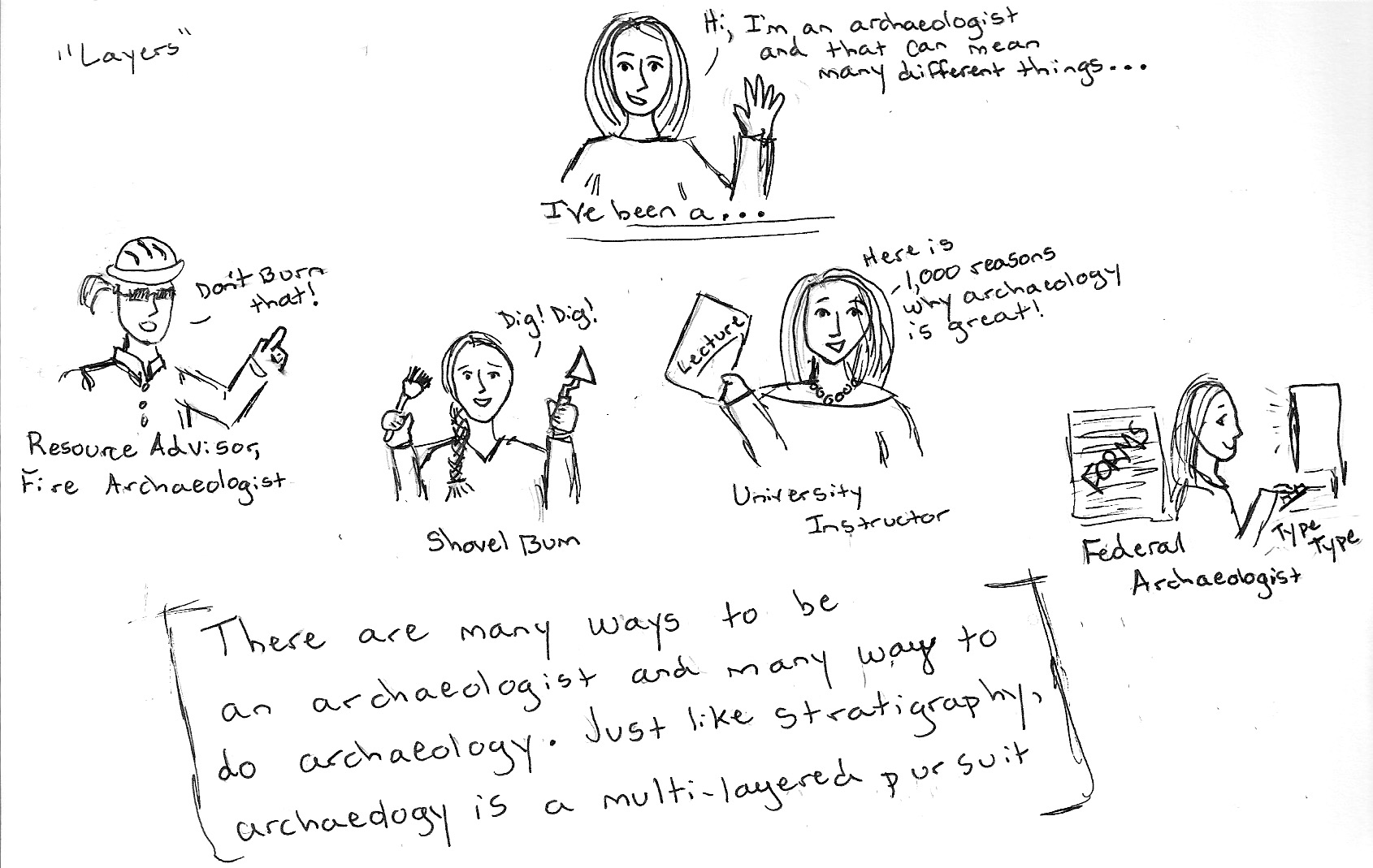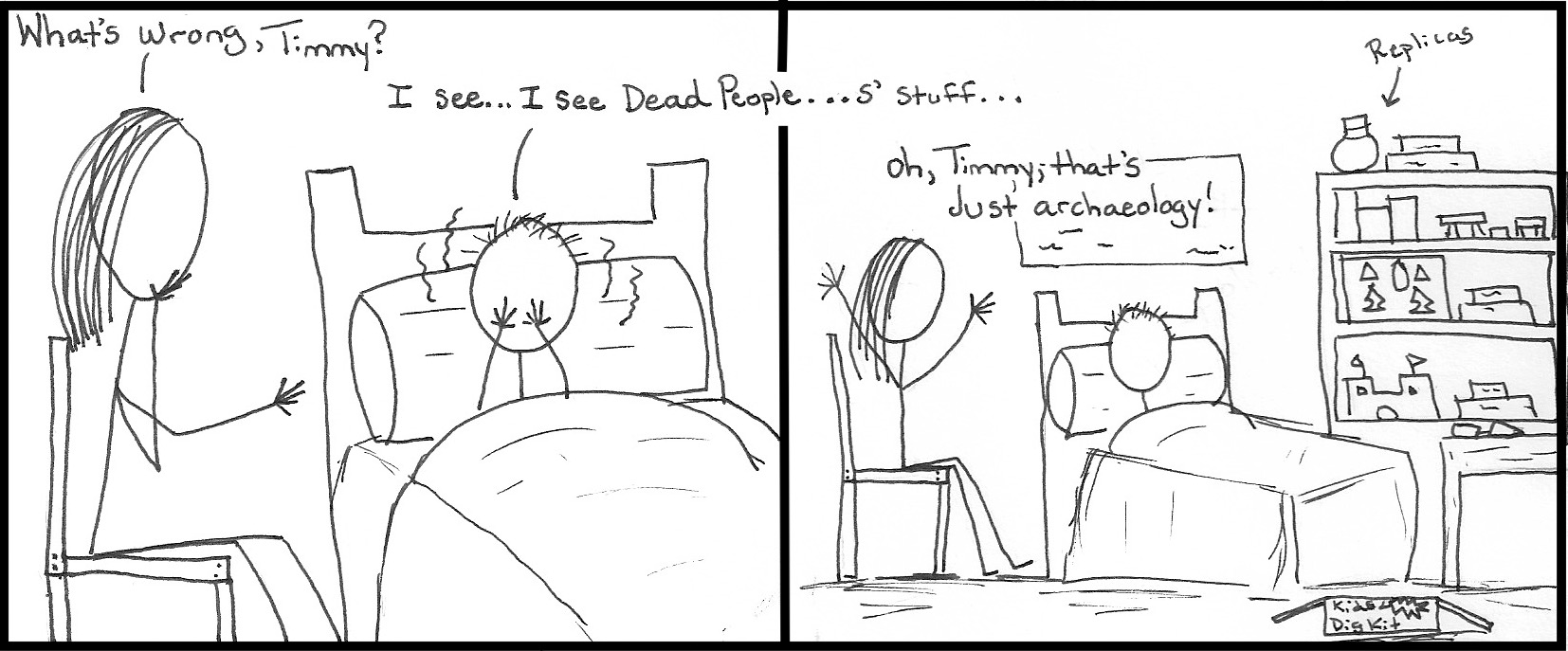
My response to the ArchInk prompt, “The Best Rubbish.” This is one of my favorite historic artifacts I’ve observed while surveying, a small pink tube of women’s underarm and footcream deodorant from the 1930s. I went down a rabbit hole of advertising for these products from that time and they are horrendous! Who knew a lack of deodorant could shipwreck marriages? Make a woman dumb? And so much more! There’s a wonderful article by Sarah Everts in Smithsonian Magazine about how advertising companies tried to convince women they smelled bad and needed their products: https://www.smithsonianmag.com/history/how-advertisers-convinced-americans-they-smelled-bad-12552404/.








